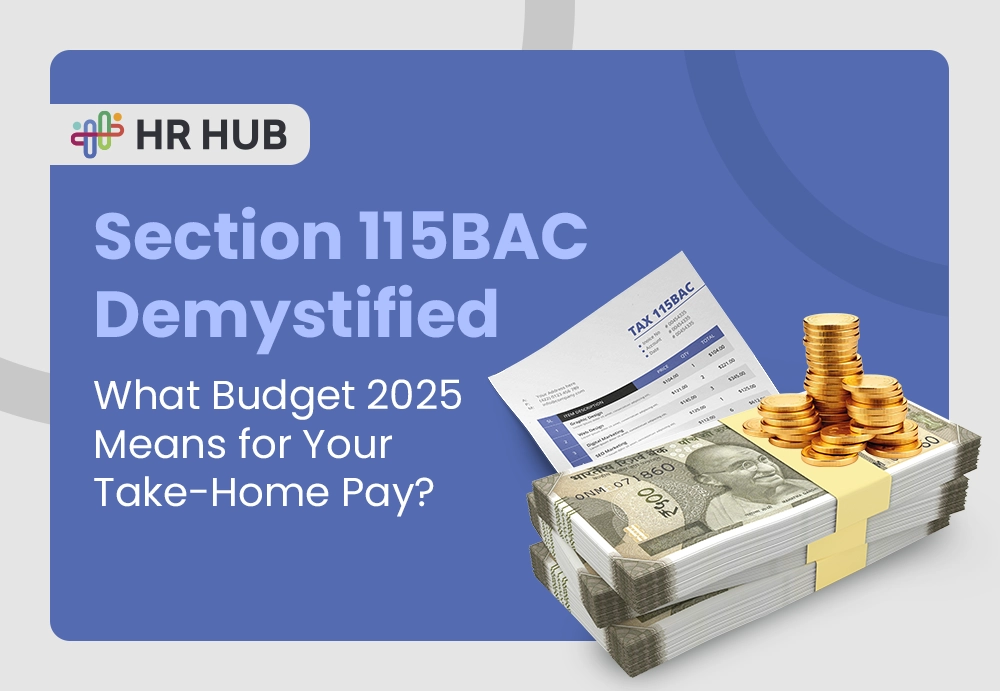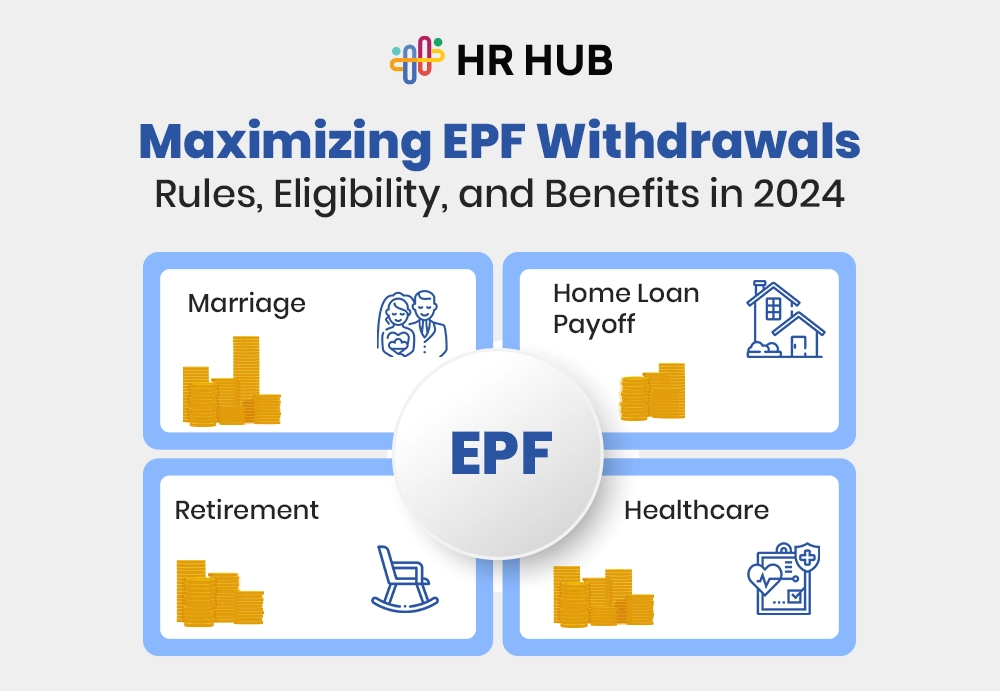Imagine this: You’re heading HR at a fast-growing company. Your team is onboarding new hires, approving leaves, sending offer letters, managing payroll, and suddenly—boom! A compliance audit drops into your inbox like a surprise exam.
You’re scrambling for policy records, digging through spreadsheets, and praying your documentation is enough to keep penalties at bay. Sound familiar?
You’re not alone.
Compliance in HR is no longer just a legal obligation—it’s a high-stakes game where a single mistake can cost your company big. But there’s good news. You don’t have to play defense anymore. With compliance management software, you can move from chaos to control.
Let’s take a real-world tour of the top compliance challenges HR teams face—and how smart tech is flipping the script.
1. The Constantly Evolving Legal Landscape
What’s happening: Whether it’s India's new Social Security Code, the U.S. Fair Labor Standards Act, or GDPR, labor laws are constantly changing. And it’s not just national—state-wise and city-specific amendments that make things even more complex.
The HR dilemma: HR professionals are expected to be legal encyclopedias. Failing to update minimum wages, PF thresholds, or working hours can result in substantial fines or, worse, employee lawsuits.
How tech helps: Modern compliance management software automatically stays up to date with legal changes. Many tools are integrated with regional compliance libraries and alert systems. They flag critical changes, suggest action points, and even apply updates to policy templates and documentation.
For example, if a new POSH (Prevention of Sexual Harassment) reporting structure is mandated, your system updates training content, alerts employees to mandatory acknowledgments, and creates an audit trail, eliminating the need for manual work.

2. Policy Distribution That Doesn’t Stick
The problem: HR writes elegant policies, sends them out via email, and hopes employees will read and follow them. Reality? They get ignored, lost, or misunderstood. Worse, during an investigation or grievance, employees claim, “I didn’t know this was the rule.”
The deeper issue: Policy compliance is not just about writing rules—it’s about ensuring visibility, understanding, and accountability. A policy that’s not acknowledged is a risk waiting to happen.
Where compliance tools come in: With compliance management tools, you can:
- Send policies through verified channels (web, mobile, email)
- Set mandatory acknowledgments with time-stamped tracking.
- Add quick quizzes or certifications to ensure understanding.g
- Automate follow-ups for pending acknowledgments
Employees can’t just scroll past and forget. You’ll have documented proof that they received, understood, and accepted every policy.
3. Cluttered, Decentralized Record-Keeping
Imagine this: An employee raises a concern. Legal asks for the training record from two years ago. You open five folders, dig through PDFs, Excel files, or worse—paper trails. You waste hours and still feel unsure.
The hidden cost: Poor documentation increases the risk of non-compliance. If you’re ever subject to a labor inspection or court summons, the inability to retrieve evidence in time can lead to serious repercussions.
What good software does: A solid compliance monitoring software system acts like your HR memory bank.
- Store and categorize documents by employee, department, or policy.
- Auto-tag entries with dates, activity type, and purpose
- Search by keyword, date range, or policy code.
- Get auto-expiry reminders for time-sensitive files.
Some advanced tools even allow immutable logging—meaning the document trail cannot be edited, a key requirement during formal audits or legal disputes.
4. Employee Data Privacy Is Now a Legal Mandate
The concern: In an era where data breaches make headlines, storing sensitive employee information, such as ID proofs, medical records, and performance reviews, without adequate safeguards is not only careless but also illegal.
With laws like India’s DPDP Act and the global GDPR, mishandling personal data can result in heavy penalties.
Why is this tricky for HR? HR requires access to this data for payroll, benefits, insurance, and compliance purposes. But how do you ensure it’s protected without blocking access for those who need it?
Here’s what compliance tech enables:
- Role-based access control: Only authorized users can view/edit data
- Auto-masking of sensitive fields (e.g., Aadhaar or salary numbers)
- End-to-end encryption of documents
- Logs of every access attempt, including date, time, IP, and user identity
- Secure document retention and automated deletion after the allowed period
You’re no longer guessing who saw what and when—you have the receipts, the locks, and the keys.
5. Compliance Training Isn’t Optional Anymore
Let’s be honest: Most compliance training programs are dull, skipped, or merely completed to meet the checkbox requirement. Yet, authorities require proof of regular training in areas such as workplace safety, data protection, or anti-harassment.
Why it matters: Inaction here means exposure to legal risk, reputational damage, and a workplace culture that fails to prioritize employee safety and fairness.
With the right tools:
- Schedule recurring mandatory trainings (e.g., quarterly, annually, etc.).
- Track completion status and time spent by each employee
- Host interactive content (videos, quizzes, simulations)
- Auto-generate training certificates for each participant
- Sync training data with employee profiles and audits
Modern compliance management software transforms training from a chore into a proactive culture-building tool—and one that’s also legally sound.
6. The Audit Panic Cycle
The problem: Audits often feel like exam week—you’re pulling all-nighters, double-checking files, and hoping you didn’t miss anything.
The truth: If your compliance is manual, audits will always be a painful process.
Smart systems remove the panic:
- Preloaded audit checklists
- Real-time compliance dashboards
- Notifications for pending or expired items
- Auto-generated reports for each compliance vertical (labor, financial, IT, etc.)
- Mock audit simulations
When you use compliance monitoring software, audits become routine reviews rather than disasters waiting to happen.
7. Third-Party & Vendor Compliance Gaps
Did you know? Many legal obligations extend to vendors, freelancers, and contract staff. Yet, most companies ignore this, assuming it’s “not their problem.”
Here’s the reality: If someone works on your premises or system—even indirectly—you’re accountable for ensuring their compliance.
A good platform solves this, too:
- Onboard vendors with their compliance portals
- Share relevant policies and training modules.
- Track acknowledgments and documentation
- Set separate dashboards for third-party visibility.
Now, whether it’s a visiting technician or a contract-based yoga instructor, your HR system holds them to the same standards as your payroll employees.

8. No Central View = High Risk
The invisible threat: When compliance is scattered across departments—finance handling tax laws, IT handling access, legal handling contracts—there’s no unified visibility. That’s when things fall through the cracks.
How enterprise compliance platforms fix this:
- Unified compliance calendars with ownership tagging
- Bird’s-eye dashboards for HR and leadership
- Real-time risk scoring and heatmaps
- Workflow automation and deadline alerts
With the right compliance management software, HR transforms from a reactive function to a central command center that sees all, knows all, and acts on time.
Final Word: Where Control Meets Confidence
Let’s not sugarcoat it—HR compliance is tough. It’s messy. It’s high-stakes. But it’s also manageable—if you have the right tools in your corner.
HR HUB is one such HRM solution designed with precision and people in mind. This all-in-one platform is more than just a compliance tracking tool—it’s a compliance powerhouse that gives HR teams complete control over:
- Legal updates
- Policy distribution
- Training management
- Vendor documentation
- Audit readiness
- Privacy and record handling
It doesn’t just help you stay compliant. It helps you lead with compliance—confidently, securely, and efficiently.
Whether you’re a growing startup or a global enterprise, HR HUB ensures your compliance game is tight, traceable, and audit-proof.
So, the next time the auditor knocks, you won’t flinch. You’ll smile.






